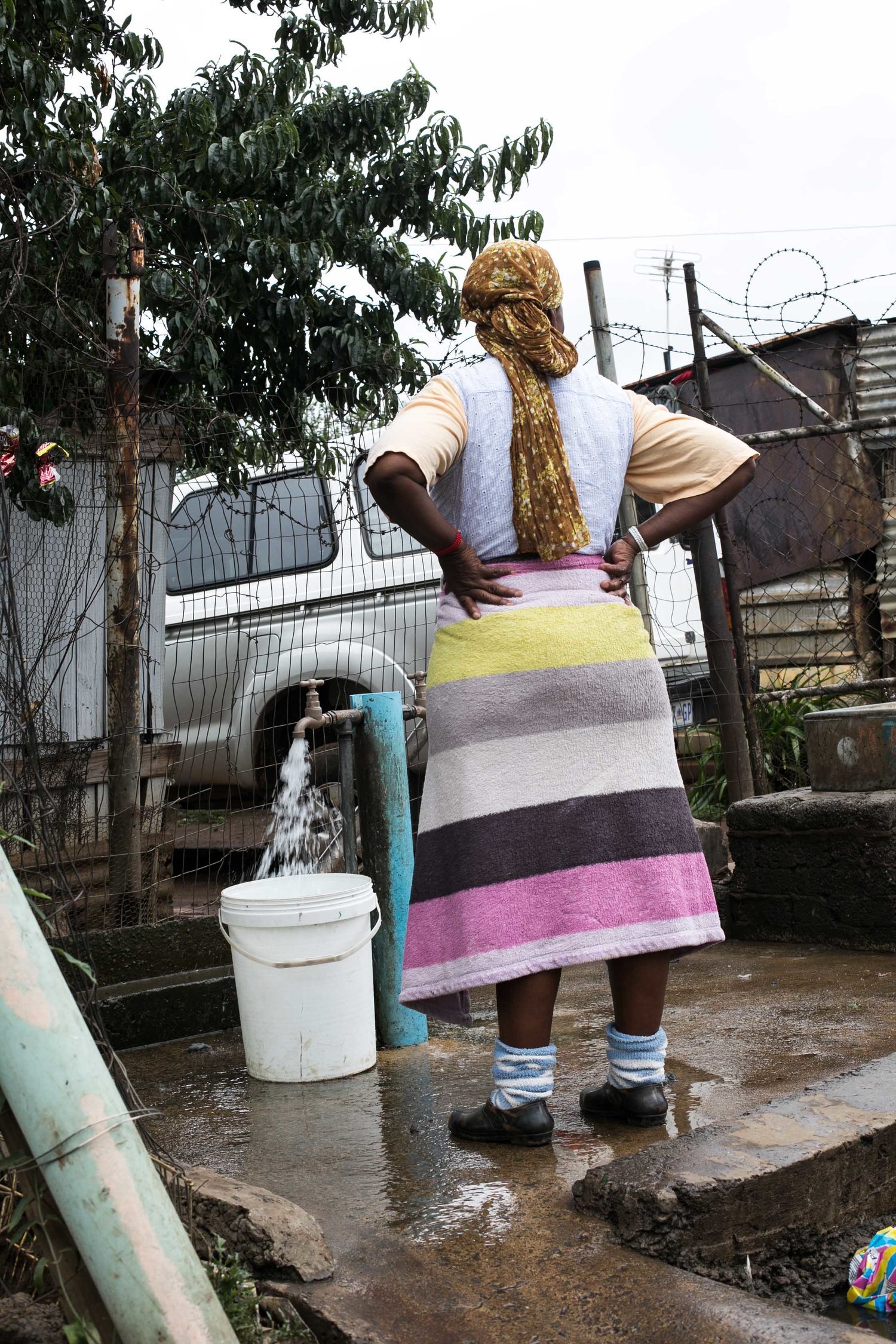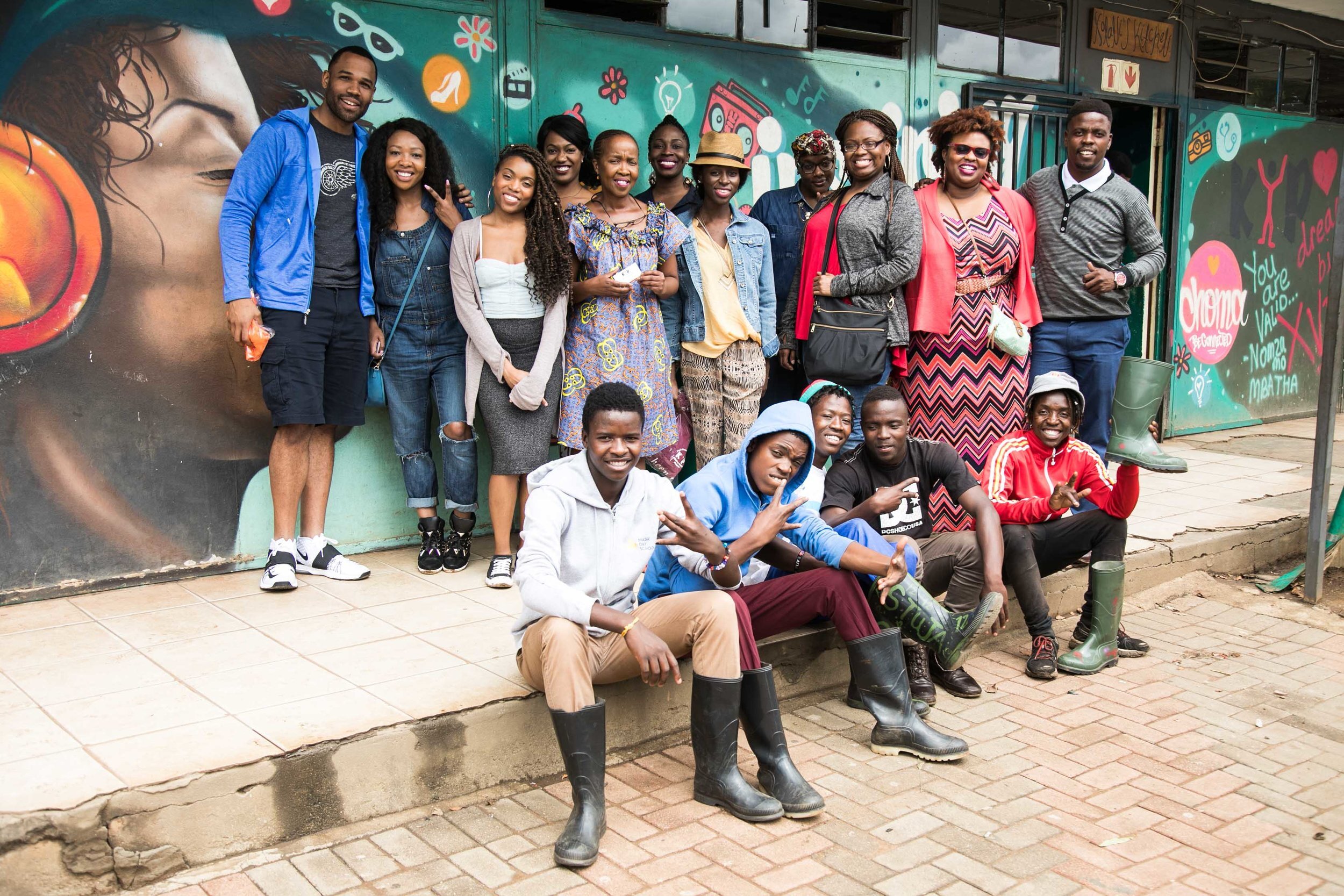Health and Wealth on a Global Scale: Take Aways from My Trip to South Africa
By Khadijah Ameen
This February, I embarked on my fourth international trip and first African trip to Johannesburg, South Africa. Being a Black American in Africa was a surreal experience that I could write endless blog posts about, and I thoroughly enjoyed my time in the beautiful city of Joburg. However, in the middle of so much joy, I was faced with a level of sadness over something that I knew about but wasn’t prepared to face up close: social and health inequities are global. And around the globe black people receive the short end of the stick when it comes to these inequities. Nowhere is that more apparent than South Africa.




South Africa’s history leading up to it’s current state of wealth and health inequality is an interesting one. South Africa has seen a substantial amount of economic growth since the end of the apartheid era, enjoying the 4th largest GDP of any African country in 2014. The city of Johannesburg serves as an economic and financial hub for the entire continent and houses the 3rd largest hospital in the world. However, despite its increased economic prosperity and health care infrastructure, South Africa faces some of the greatest wealth and health inequities on the globe. Let’s start with wealth first.
South Africa’s Gini Coefficient, which is a measure of the even distribution of income in a society (0 being perfectly equal distribution of income and 100 being perfectly inequal), is 63.4. That is one of the highest in the entire world and indicative of the surprisingly widening income gap in post-apartheid South Africa. Apartheid-driven urban planning has led to current poverty traps for many of the nation’s black population, and past racial segregation has served as an effective and lasting tool in limiting black people’s access to quality education, employment and other economic resources necessary to thrive.
Health and wealth are inherently interconnected, and the country's jarring income inequality has led to drastic health disparities. Despite being one of the wealthiest countries in Africa, millions of black citizens have worsened health outcomes due to lack of access to basic living necessities like fresh water, proper housing infrastructure and conditions, and adequate sanitation. 17% of the global impact of HIV is in South Africa (and overwhelmingly affecting black citizens), and while infant mortality rates for white residents in 2005 where 18/1000 live births, they were 74/1000 among black residents. Additionally, although Joburg houses one of the largest hospitals in the world, the health care system in South Africa has been built in such a way that black citizens have unequal access to the care that is available. Approximately 84% of (mostly black) South Africans are uninsured and rely on services provided by the public health sector, yet only 30% of the country's doctors work for this sector.
These statistics are disheartening. Seeing this inequity up close and personal was disheartening. But I also felt oddly empowered. One of the more memorable moments on the trip for me was spending time with students and the directors of Kliptown Youth Program, a black-run academic program born out of apartheid South Africa to empower black youth through educational development, arts and athletics (shameless plug: donate. follow them on social media. get involved). And that moment made me feel even more proud that we all outchea doing the work to change these negative statistics. The movement to better the wellbeing of black people is global!
